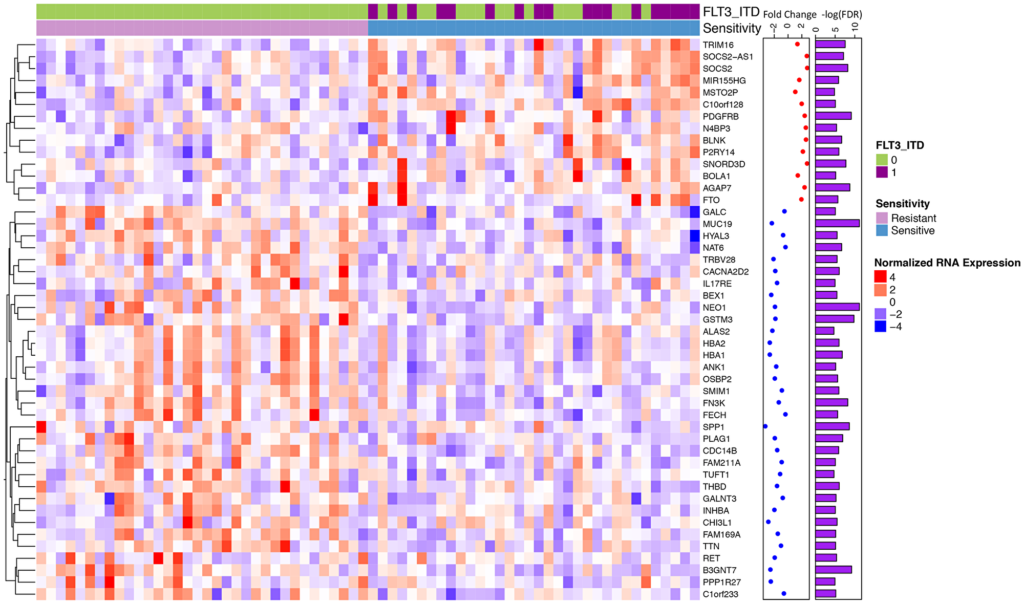Oncotarget began using TrendMD—a platform that recommends relevant content to a large network of research readers.

Oncotarget has started a new venture to expand our reach and connect with other relevant platforms using TrendMD. The TrendMD widget has been applied at the bottom of all research papers on Oncotarget.com to serve recommended content to our readers, and readers on thousands of other high-traffic websites and scholarly platforms. Recommended content is based on the content currently being viewed, content that has been viewed in the past, and content other similar readers are viewing.
“[TrendMD’s] recommendation algorithms continuously optimize the placements of links to your content for the right audience while readers are actively looking for something interesting to discover.” —Source: TrendMD.com
This platform uses algorithms similar to those that Amazon uses to help bring fresh new relevant content to interested readers. The TrendMD widget recommends content both derived from Oncotarget.com and from other biomedical journals and articles publishing similar content. They also use collaborative filtering and track user behavior to learn how to suggest the right content for the right people.
Oncotarget uses TrendMD to help our authors better circulate their research to targeted audiences around the world, cross-promote papers in adjacent fields, and increase paper citations. In a research study by Scientometrics, TrendMD was shown to outperform PubMed related citations by 272%. By joining this platform, Oncotarget publications are now incorporated into the TrendMD network—with 100 million total monthly users. Papers published by Oncotarget will now be recommended on hundreds of other leading peer-reviewed journals and scholarly websites.
“TrendMD is the world’s leading discovery platform, delivering over 1 billion recommendations to over 100 million unique users each month on 4,500 websites from over 300 scholarly publishers.” —Source: TrendMD.com
Since papers are recommended based on algorithms aiming to share specific content with readers who are most likely to be interested in the content, readership and engagement on TrendMD is very high. TrendMD statistics show that readers have the lowest bounce rate and view more content on TrendMD compared to Google AdWords, Google Scholar, Twitter, and PubPeer. Oncotarget is proud to offer this service for our authors and the scientific research community.
Click here to learn more about TrendMD.
YOU MAY ALSO LIKE: More Oncotarget Videos on LabTube
—
Oncotarget is a unique platform designed to house scientific studies in a journal format that is available for anyone to read—without a paywall making access more difficult. This means information that has the potential to benefit our societies from the inside out can be shared with friends, neighbors, colleagues, and other researchers, far and wide.
For media inquiries, please contact media@impactjournals.com.











